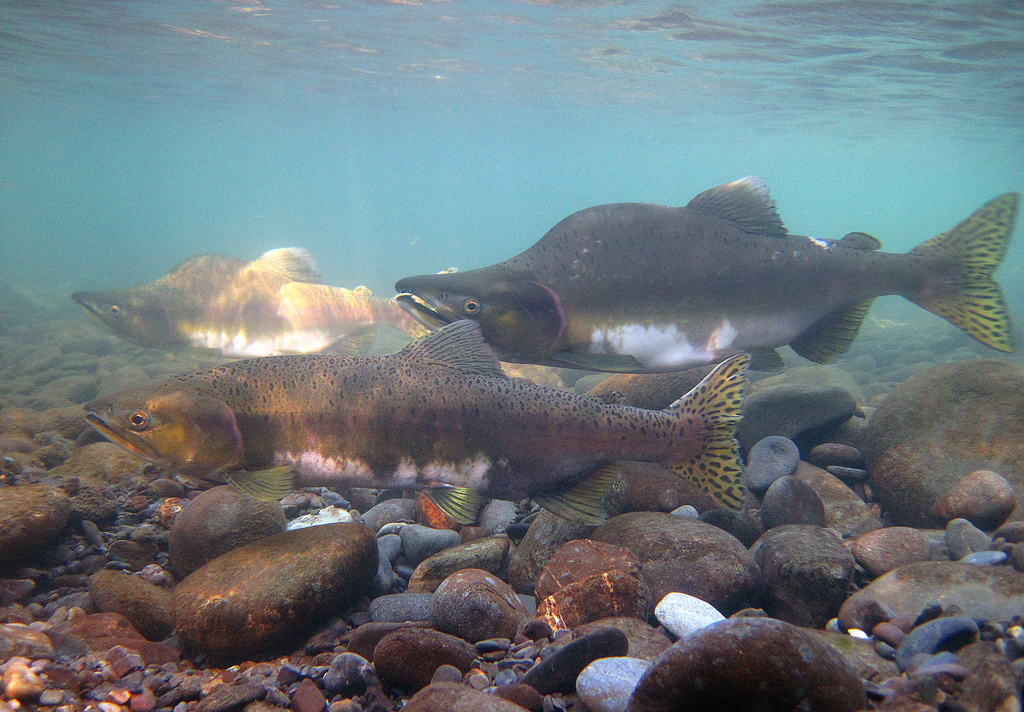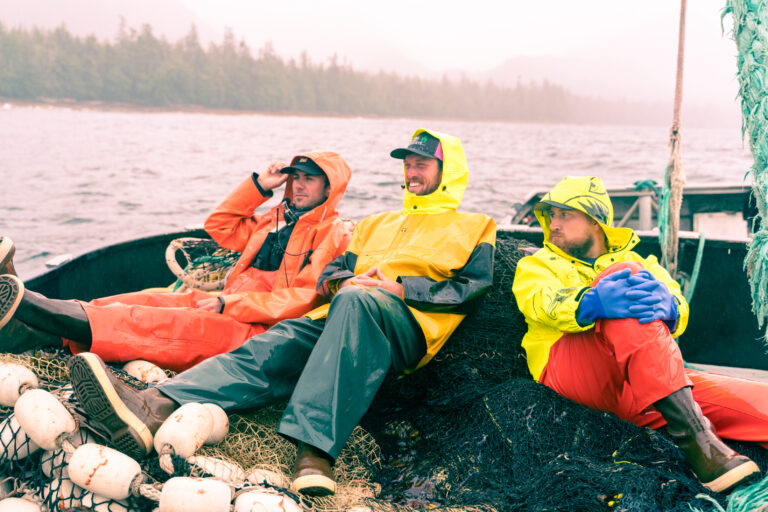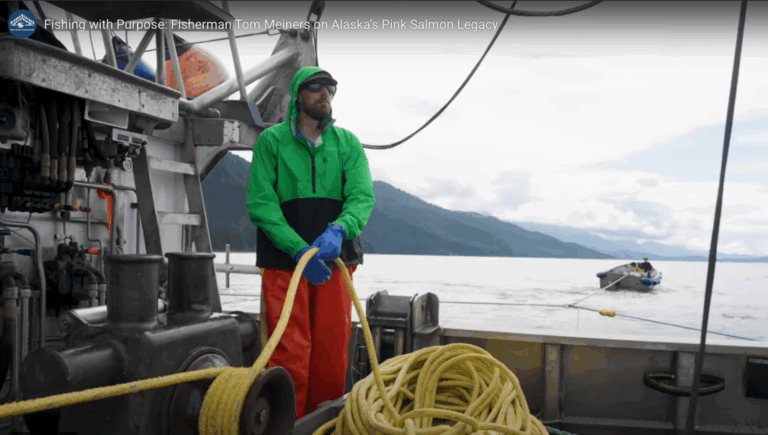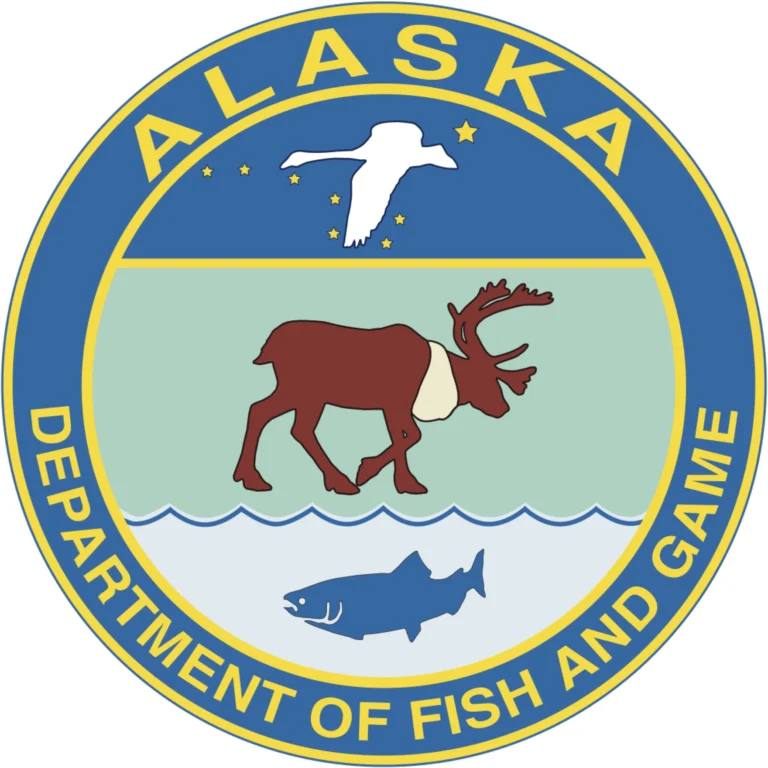SOUTHEAST ALASKA SEINERS ASSOCIATION
This article by Orin Pierson originally appeared in the Petersburg Pilot and is also available at the Juneau Independent
The 2025 Southeast Alaska purse seine fishery closed in early September with just under 20 million pink salmon landed — well below the forecast of 29 million and marking the lowest odd-year harvest since the 1980s.
“Fair to say that the season was a disappointment as far as pink salmon harvest goes,” said Troy Thynes, Alaska Department of Fish and Game regional management coordinator in Petersburg.
The disappointing harvest adds pressure to an industry already facing high fuel costs, inflation and low salmon prices.
Low pink salmon returns were a challenge for Trident Seafoods, which cut back to one shift at its Wrangell plant in August, earlier than it had expected.
The Southeast harvest represents only about 66% of pre-season expectations and falls well below recent odd-year returns: 2023 brought in 44 million fish, and 2021 was even higher at 48.5 million pinks.
Pink salmon have a two-year life cycle, so the abundant return in 2023 might seem like it would lead to high abundance for returning fish two years later. But an unfortunate combination of conditions in 2023 created problems for this summer’s return.
In 2023, the price of pink salmon crashed, thanks in large part to Russia offloading massive volumes of pink salmon into the market. Market forces caused some processors to stop buying fish earlier in the season than they might normally have done, and escapement numbers from that 2023 pink salmon bumper crop substantially exceeded management’s escapement goals.
The high escapement, combined with hot, dry conditions during late summer 2023, left the salmon streams with low water levels and in the overcrowded spawning streams. “You can have low water die-off, or die-off just from too much fish in the stream,” Thynes explained.
“Redd superimposition” likely compounded issues for the pink salmon in the freshwater, he said. That is where later-arriving fish, while creating their own nests, dig up eggs already laid by earlier spawners. “They keep on digging up each other’s eggs, disrupting” the reproductive process.
Then when winter came in 2023, it was a few degrees warmer than usual, so instead of snow, it rained and rained. Heavy rainfall pummeled Southeast through December. The large rain events caused flooding that scoured gravel beds where pink salmon eggs were incubating, washing eggs and fry from streams before they could mature.
Thynes described the combination of overcrowding, hot conditions during spawning, and subsequent flooding as a “perfect storm” of factors that likely contributed to the low 2025 returns. And during their year in the ocean, who knows what conditions continued to affect the survival of this year’s pinks.
Out of all the myriad forces acting upon pink salmon survival, the only variable fisheries managers can impact is the harvest. “Managing time and area,” said Thynes. “Where the runs are coming back stronger. If they’re coming back strong enough, we give additional time.”
Despite 2025 pinks returning far below the forecast, fisheries managers successfully ensured that escapement goals were met throughout most of the region, so there is reason to hope that this year’s poor harvest results won’t directly translate to a poor return in 2027.
Worrisome, however, is that pink salmon schools have been recently observed to be holding in marine waters, unable to enter streams that are too warm or too low. “The wrong time of year for this type of weather,” Thynes said of the hot and dry conditions. “We’d like to see wetter weather for the fish.”
Chum salmon in Southeast, predominantly from hatchery production, also underperformed. The estimated harvest of 1.5 million hatchery chum salmon fell below the 2015-2024 average of 2.1 million fish, with returns at about 80% of projections.
Poor hatchery returns suggest marine conditions — either nearshore or open ocean — contributed to low survival, since hatcheries eliminate freshwater survival variables that affect wild fish.





